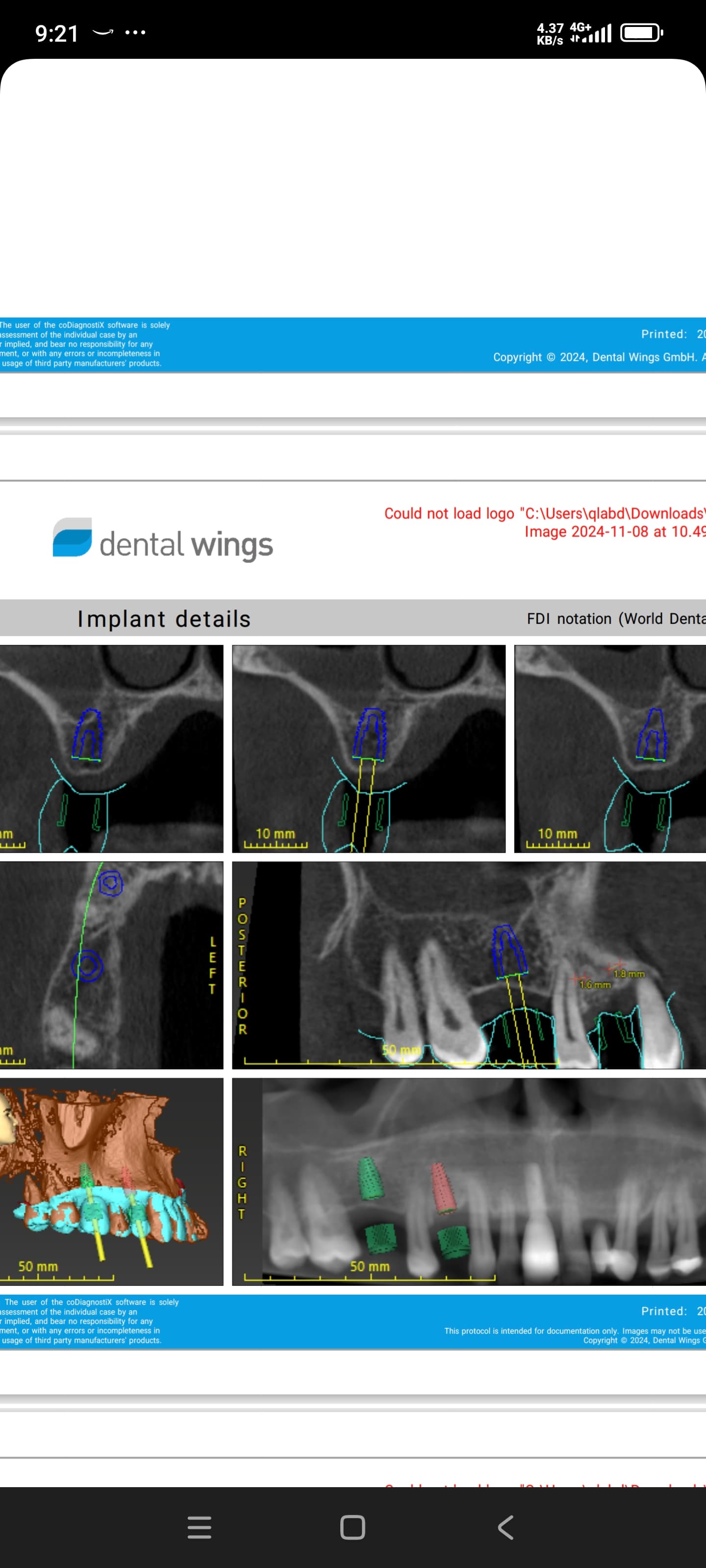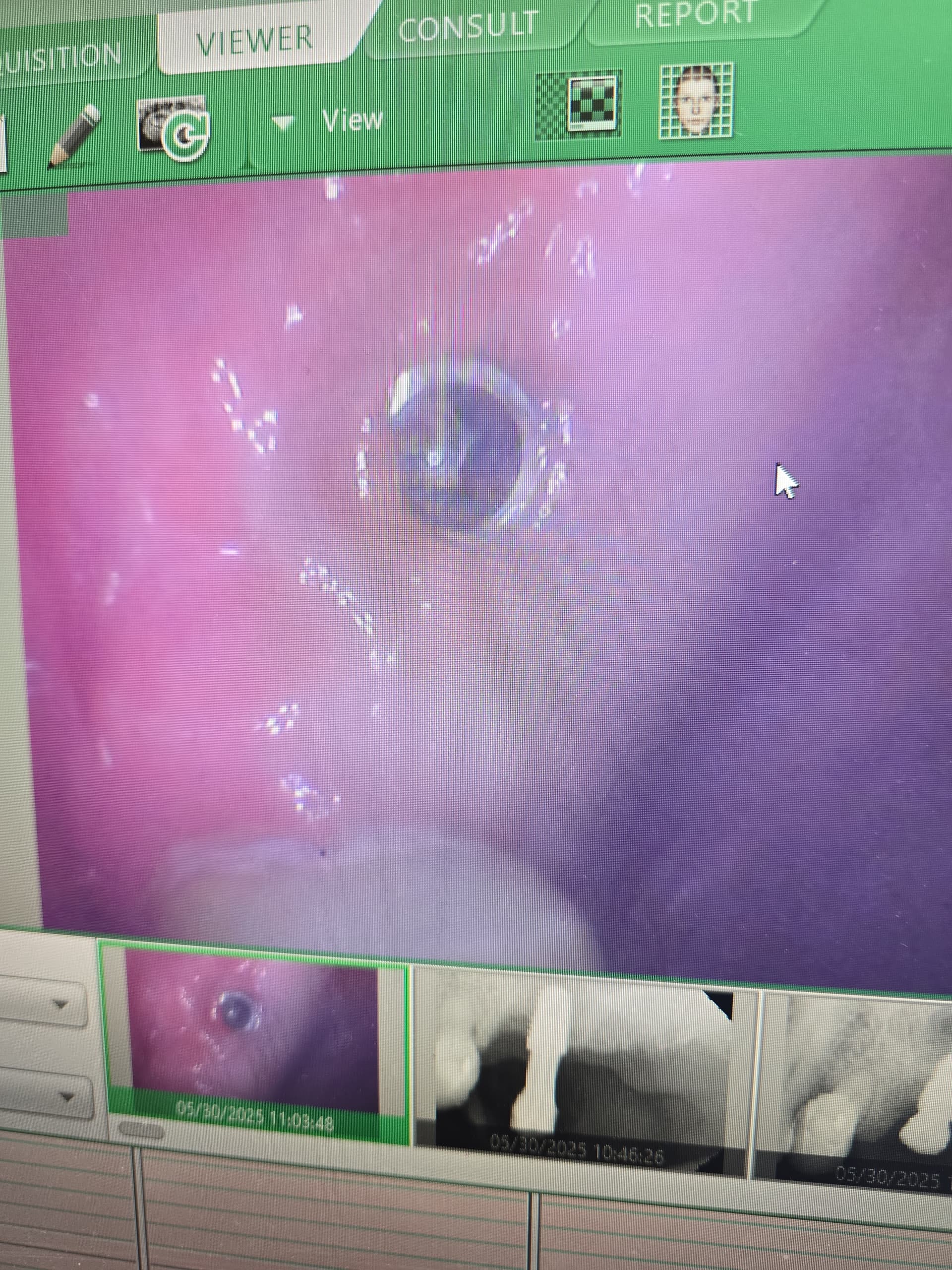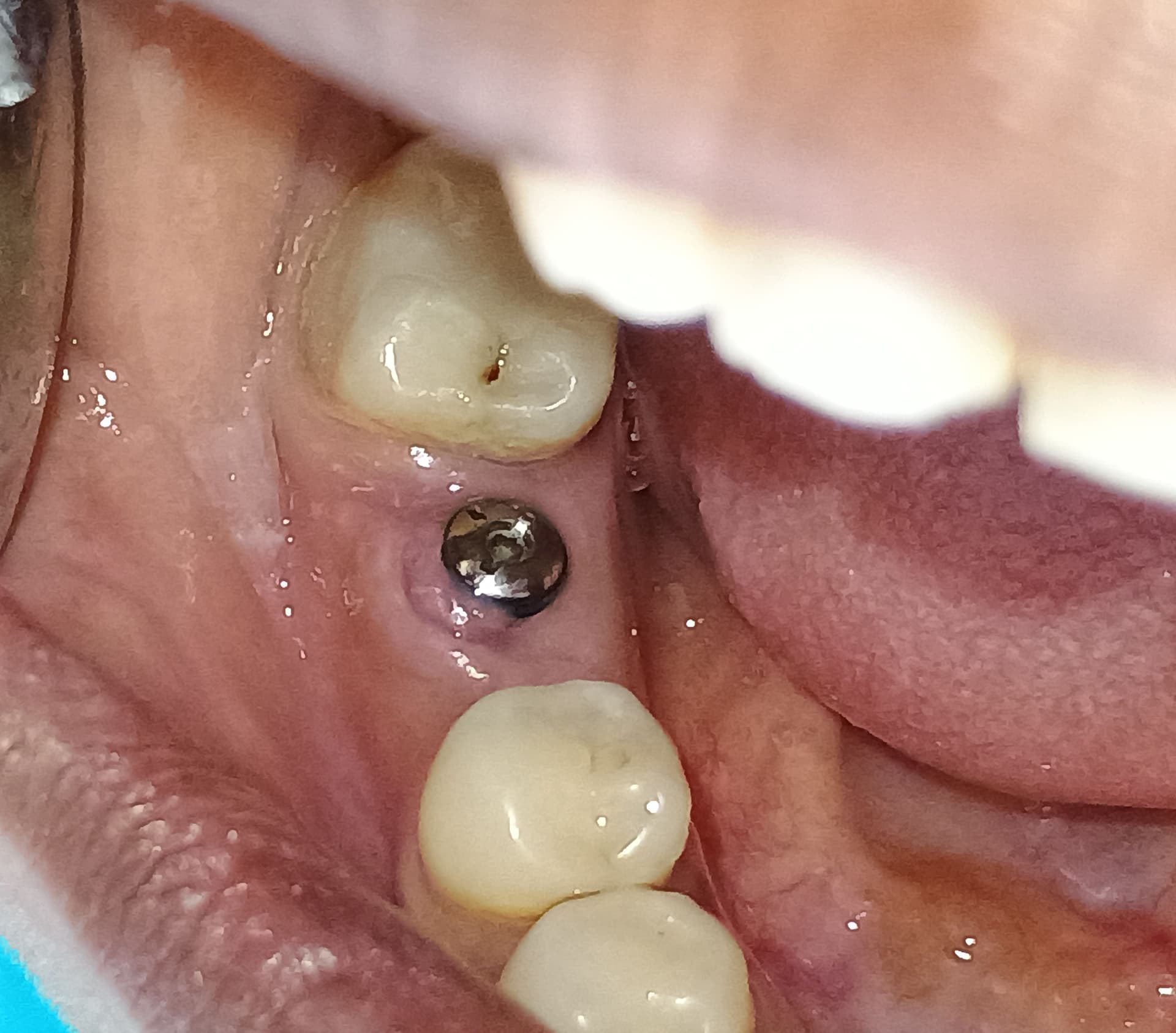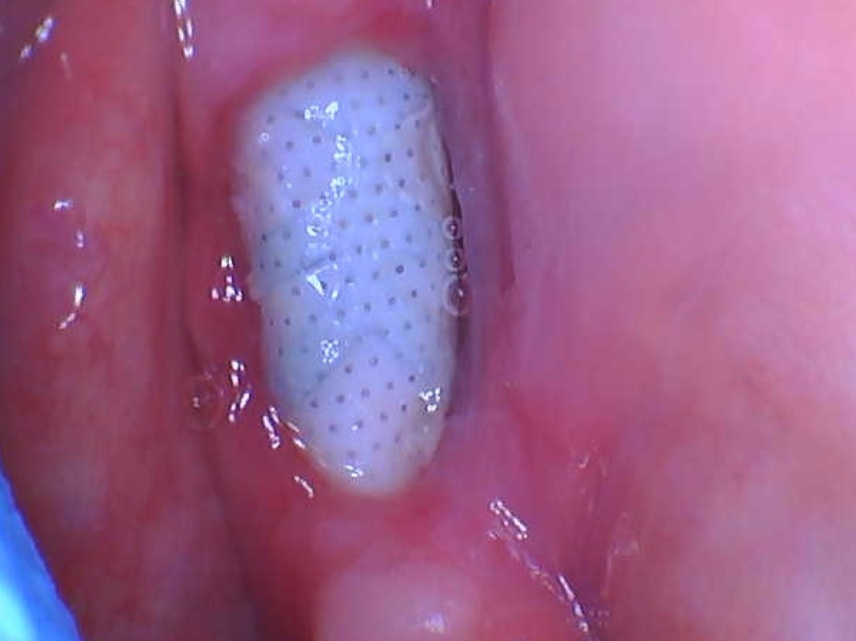Even a short implant shouldn´t get disintegrated if perfectly integrated for 7 yrs- btw, how did the x-rays in between look like?
However, I can think about some considerations which could lead to such a situation, where STRESS seems to be the prevailing issue here as:
1)
straumann short implant has just very few threads ( up to three!!! Try counting them on your xray and compare to other manufacturers specialized on short implants! http://www.denfo.de/Implantate_3.JPG AND http://ars.els-cdn.com/content/image/1-s2.0-S1010518207001229-gr4.jpg )
which in cases of
2)
mechanical overload "help" then as severe pressure peaks causing osteolysis to the surrounding bone making the implant fail (which is btw not mandatory to be diagnosed on check-up x-rays).
3)
Parafunction could add to it.
4)
Your posted pictures show that there must have been at least one cantilever (mesial) when looking at the crown on the picture taken after the failure.
If there is a cross bite, only from a cat scan you can tell how the direction of the bite force was( where the direction of the force is much more important than the amount).
If it was strictly axial it shouldn´t be the cause of failure.
If it´s off axis there you might have your second cantilever (vertical cantilevers causing shear load on the bone by an implant with just 3 threads!!!).
In my view the amount of time (7yrs) speaks quite clearly for the critical impact of things like:
-shear loads
-vertical cantilevers
-mechanical overload
-direction of the forces
on a presumed perfectly osseointegrated implant making it fail in the end, because if we think about the most well known Stress Theorem where:
STRESS = FORCE / AREA
then, if the applied forces are in balance with the area of the well integrated implant, nothing bad should ever happen. But who can balance that perfectly out incl. parafunction, position of the implant, inclination, prosthetic work, excursions, etc,etc.?
Therefore, I think that single 6-8mm Implants for a molar (where god put in 2 roots in stead of just one compared to the front) might be sometimes under-engineered, where we would be far better off to overengineer.
It´s just my take on the issue.
Each and everyone may adress it differently...
Hope this was of help.














